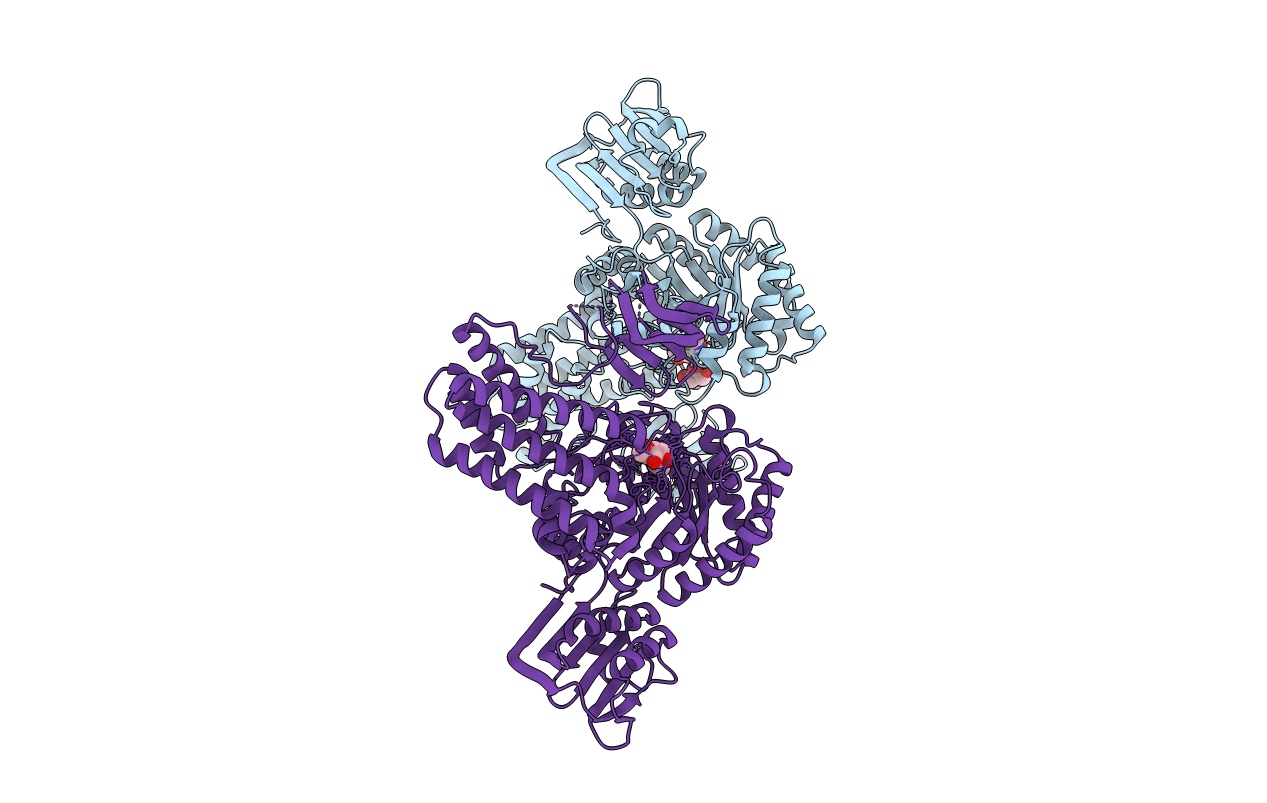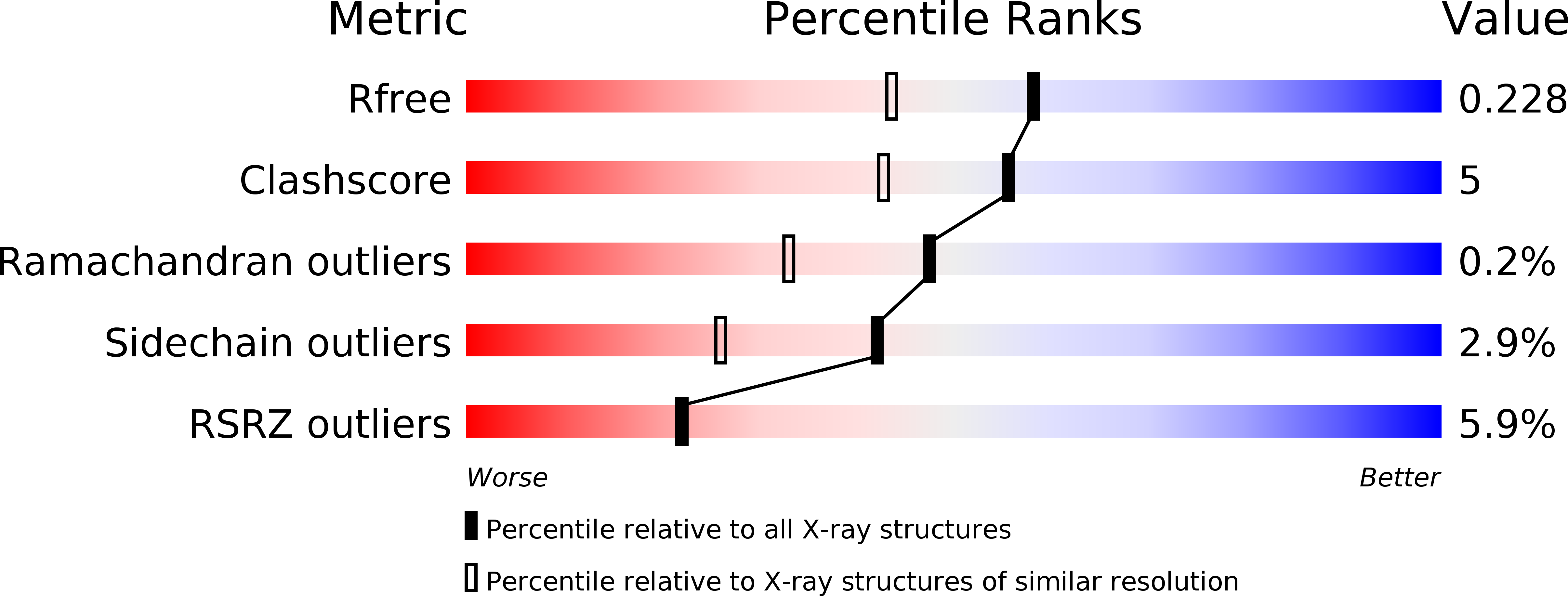
Deposition Date
2008-06-10
Release Date
2008-07-01
Last Version Date
2023-12-13
Entry Detail
Biological Source:
Source Organism:
BACTEROIDES THETAIOTAOMICRON (Taxon ID: 226186)
Host Organism:
Method Details:
Experimental Method:
Resolution:
1.85 Å
R-Value Free:
0.22
R-Value Work:
0.18
R-Value Observed:
0.18
Space Group:
P 1


